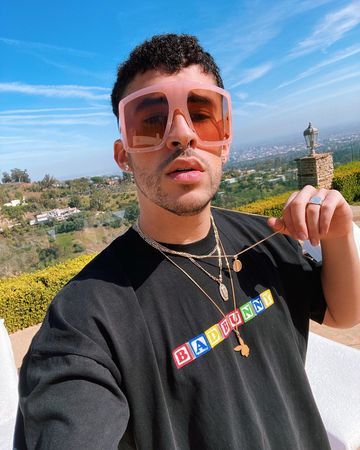Is Bad Bunny Mexican?
The answer to your question "is Bad Bunny Mexican is 'no'. The reggaeton artist Benito Martínez Ocasio, better known as Bad Bunny, is Puerto Rican. The Wold's Hottest Tour will pass through Mexico City and the city of Monterrey, Nuevo León.





